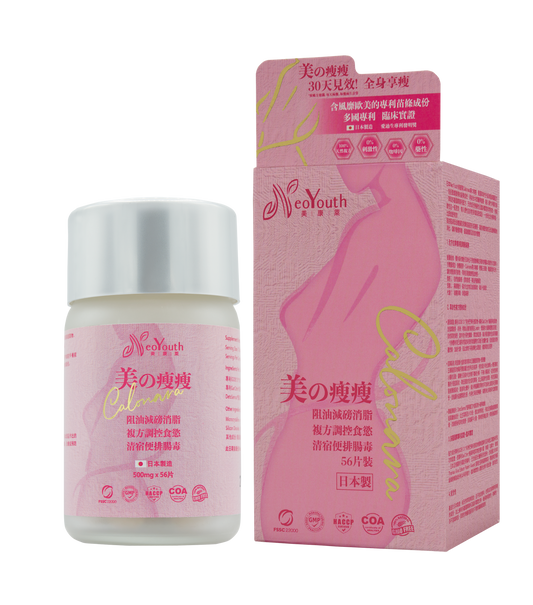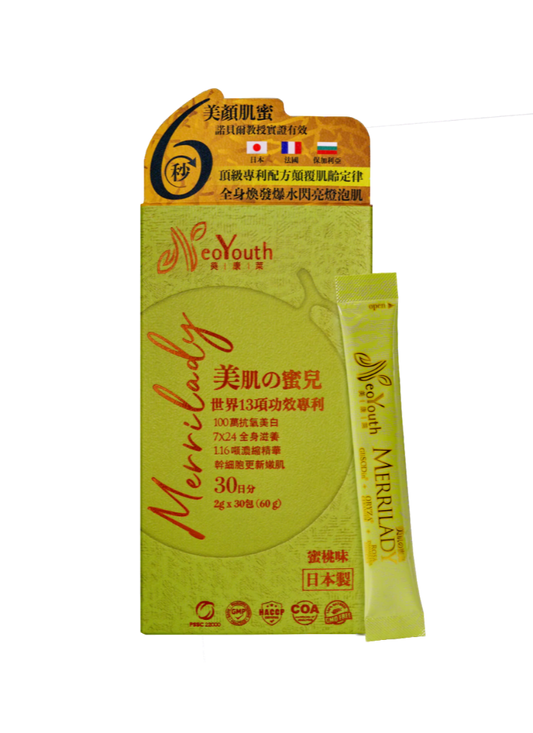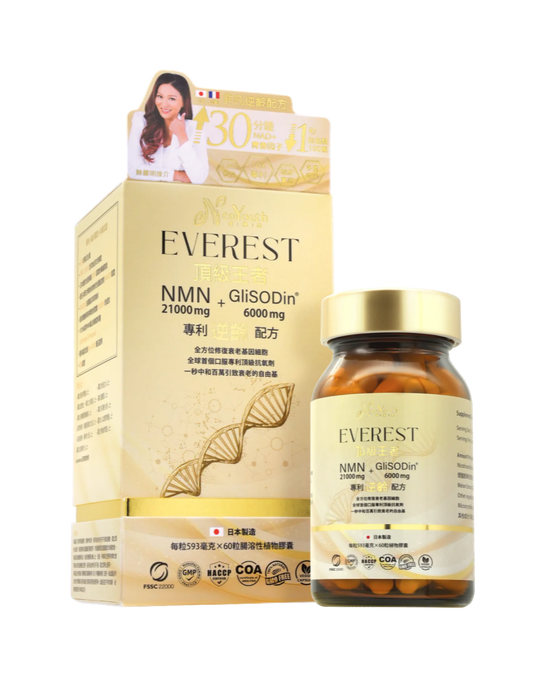The Blue Zone (or simply Blue Zone) refers to the five regions in the world with the longest life expectancy. This concept was proposed by Dan Buettner, an internationally renowned researcher, explorer, and New York Times bestselling author.
He conducted in-depth research on areas with a particularly high concentration of long-lived people; the following are the five blue zones:
- Sardinia, Italy: This island has the highest density of male centenarians, and many of them still maintain a good quality of life.
- Kallia, Greece: The region has one of the lowest midlife mortality rates in the world, and its residents enjoy healthy diets and social lives.
- Okinawa, Japan: Women over 70 years old have the highest average life expectancy in the world, and the health of the elderly is generally good.
- The Nicoya Peninsula in Costa Rica: It boasts the second-highest density of centenarian men after Sardinia, making it a model of longevity.
- Loma Linda, California: Seventh-day Adventists here live an average of about 10 years longer than non-adventurers.
The longevity diets of the Blue Zone contribute to improved health; here are their dietary secrets, which are worth considering.
- The diet of residents in the Blue Zone is predominantly plant-based, with over 95% of their food coming from fresh vegetables and fruits, especially dark leafy greens such as spinach and kale, as well as legumes and sweet potatoes. These foods are rich in fiber and antioxidants, which help reduce the risk of chronic diseases.
- Whole grains and legumes are central to the Blue Zone diet, with a recommended intake of one cup of whole grains daily. Residents frequently choose whole grains such as oats, brown rice, and whole-wheat bread, which provide sustained energy. In addition, legumes, as an excellent source of protein, should be consumed regularly to maintain muscle mass and overall health.
- In the blue zone, healthy fats are abundant, with olive oil being the primary source. Olive oil is rich in monounsaturated fatty acids, which are beneficial for heart health. Residents typically eat two handfuls of nuts (about 120 grams) daily and consume small fish, such as sardines and cod, two to three times a week on average.
- Residents of the Blue Zone typically reduce their intake of red and processed meats, and are advised to eat no more than about 2 ounces (about 57 grams) of meat twice a week, choosing fish and poultry as protein alternatives. They also avoid processed products such as sausages, bacon, and jerky.
- Moderate alcohol consumption, especially when paired with food, is considered beneficial to health. Antioxidants in red wine, such as resveratrol, may have a positive effect on heart health.
- Residents of the sugar-control blue zone generally reduce their intake of added sugar to no more than 28 grams (about seven teaspoons) per day. They avoid high-sugar foods and sugary drinks and choose naturally sweet foods, such as fruits, to maintain stable blood sugar levels.
- Residents of the Blue Zone prioritize hydration, typically drinking plenty of water or tea, especially green tea, as it helps reduce the risk of heart disease and certain cancers. They avoid sugary drinks, including sugar-free sodas, as these artificial sweeteners offer no health benefits.
By drawing on the dietary wisdom of the Blue Zone, we can gain valuable insights into our lifestyle and eating habits. We may be able to improve our health and extend our lifespan, and it is worthwhile for everyone to put these principles into practice in their daily lives.





